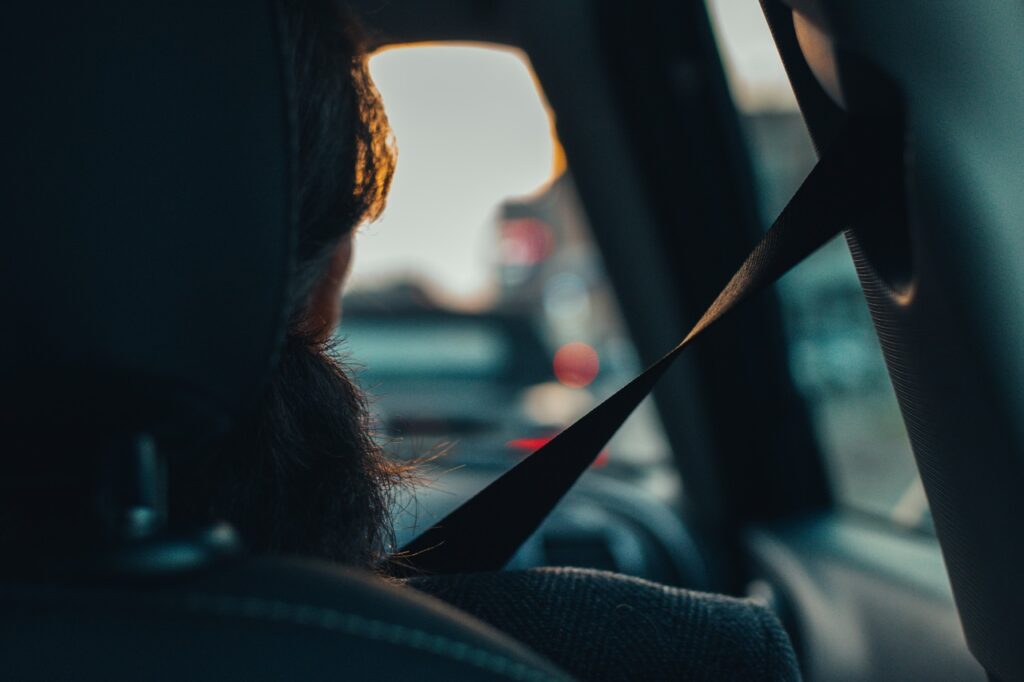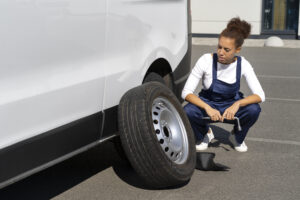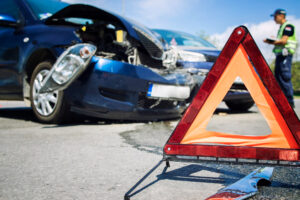Safety technology in vehicles can be the difference between life and death. In the majority of instances, however, drivers and passengers need to use this technology in certain ways in order for it to work properly. In fact, if you do not do something as simple as sitting correctly, or wear a seatbelt correctly, it can cause damage to the occupant.
The managing director of MasterDrive, Eugene Herbert, says drivers and passengers who use seatbelts and sit properly, reduce mortality rates in crashes by up to 67%. “This proves the importance of using these safety features correctly. Many people, knowingly and unknowingly, sit in vehicles in ways that not only prevent the safety technology from working as it should but causes additional injuries.”

These are some of the most dangerous ways to sit in a vehicle:
- Feet on the dash: airbags deploy at up to 350km/h. If one deploys while your feet are on the dash, instead of protecting you it can break bones in your legs, hips, and/or back and even result in death.
- With a child or pet on your lap: you will rob the child of the safety of wearing a seatbelt and propel the child or animal out the front window at the speed that the vehicle was traveling at. If the airbag deploys, it will slam into the child or animal at up to 350km/h while they continue their forward projectory at the speed the car was moving.
- Sitting in the rear unrestrained: in a crash, unrestrained people, animals, and unsecured objects will slam into the front seats at the speed that the vehicle was moving. While this could result in only injuries to unrestrained passengers in the back, it could kill front passengers as they are squeezed between the force from the back and the seatbelt in the front. The passenger in the rear can slam into the front seat at the weight of an elephant in a car that is traveling at 60km/h.
- Not wearing a seatbelt correctly: a seatbelt should be worn with the bottom part across your hip bones and the section that crosses your body should rest on your collarbone. It should not be against your neck or be worn under the arm. Wearing a seatbelt correctly ensures the impact is absorbed by the strongest parts of your body and protects from internal injuries and broken ribs.
- Slouching: avoid sitting with your seat as far back and low as is possible with one arm straight out holding the steering. Your visibility is limited and you have reduced control while steering. Rather position your seat so that if you straighten your arms you can rest your wrists on top and still have a slight bend in your arm. Before you start, position your seat so that you can press all pedals completely to the floor. Ensure you hold the steering wheel with both hands.
Think carefully about your safety before you slide into your favorite position the next time you get in the car. “Avoid these too common ways of sitting to prevent life-changing injuries or death should you be in a car accident,” says Herbert.






